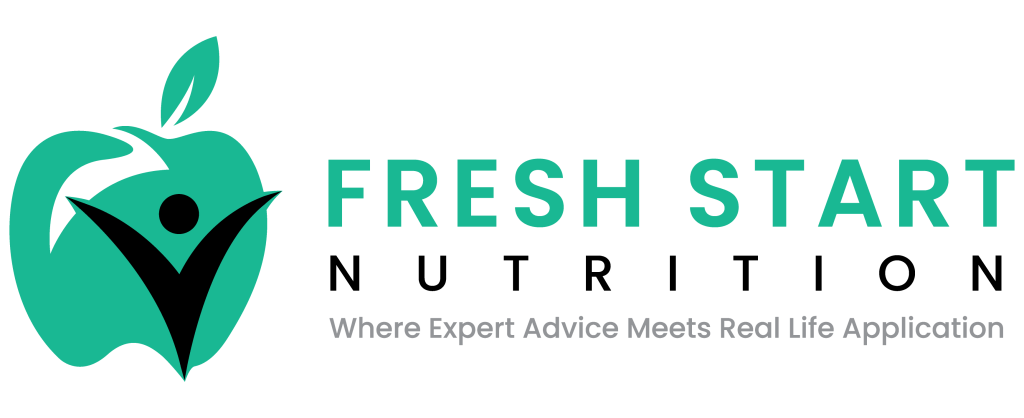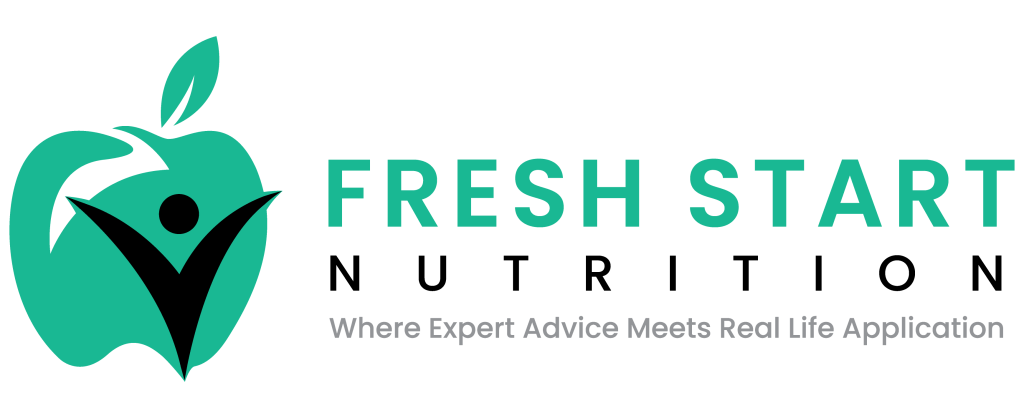Planning a trip to Walt Disney World as a gluten-free guest? You’re in for a magical culinary experience! With a little preparation and some insider tips, you can enjoy all the delicious offerings while staying safely on your gluten-free diet. Watch my short 8-minute video that will tell you everything you need to know about gluten-free dining at Walt Disney World, and read on for some of the top tips discussed in the video.
Check out my VIDEO HERE!
My Top Five Gluten-Free Snacks in the Parks!
- Dole Whips: These iconic pineapple soft serves are naturally gluten-free and the perfect refreshing treat on a hot day.
- Gluten-Free Churros: Head to the Nomad Lounge in Disney’s Animal Kingdom to indulge in these crispy, cinnamon-sugar delights. I promise they will NOT disappoint.
- Popcorn: A classic snack that is both gluten-free and a great option to munch on while exploring the parks.
- Mickey Bars: These chocolate-covered ice cream bars shaped like Mickey Mouse are not only adorable but also gluten-free.
- Erin McKenna’s Bakery NYC: Located in Disney Springs, this bakery specializes in gluten-free, vegan, and allergy-friendly goodies. From cupcakes to cookies, it’s a must-visit for delicious and safe treats.
Top Tips for Gluten-Free Dining in the Parks
- Do Your Homework: Research restaurants and snack options ahead of time. Many menus are available online, and many highlight gluten-free options.
- Read Labels: When purchasing pre-packaged snacks, always check the labels to ensure they are gluten free.
- Talk to the Chef: At table-service or quick service restaurants, ask to speak with the chef or manager about gluten-free options. They are always accommodating and knowledgeable.
- Expect Some Barriers: While Disney is great with dietary restrictions, there may be times when options are limited. Be patient and flexible.
- Bring Snacks: Pack some gluten-free snacks in your bag for emergencies. It’s always good to have a backup in case you can’t find safe options right away.
Stay Fueled and Hydrated
Days in the parks are busy, so everyone needs to stay fueled and hydrated. Keeping yourself well-nourished is one of the magical keys to having a fabulous experience. Enjoy the magic and happy dining!
https://youtu.be/6dr4vpDFMDM







